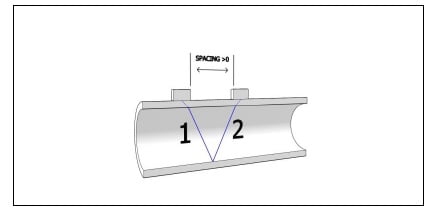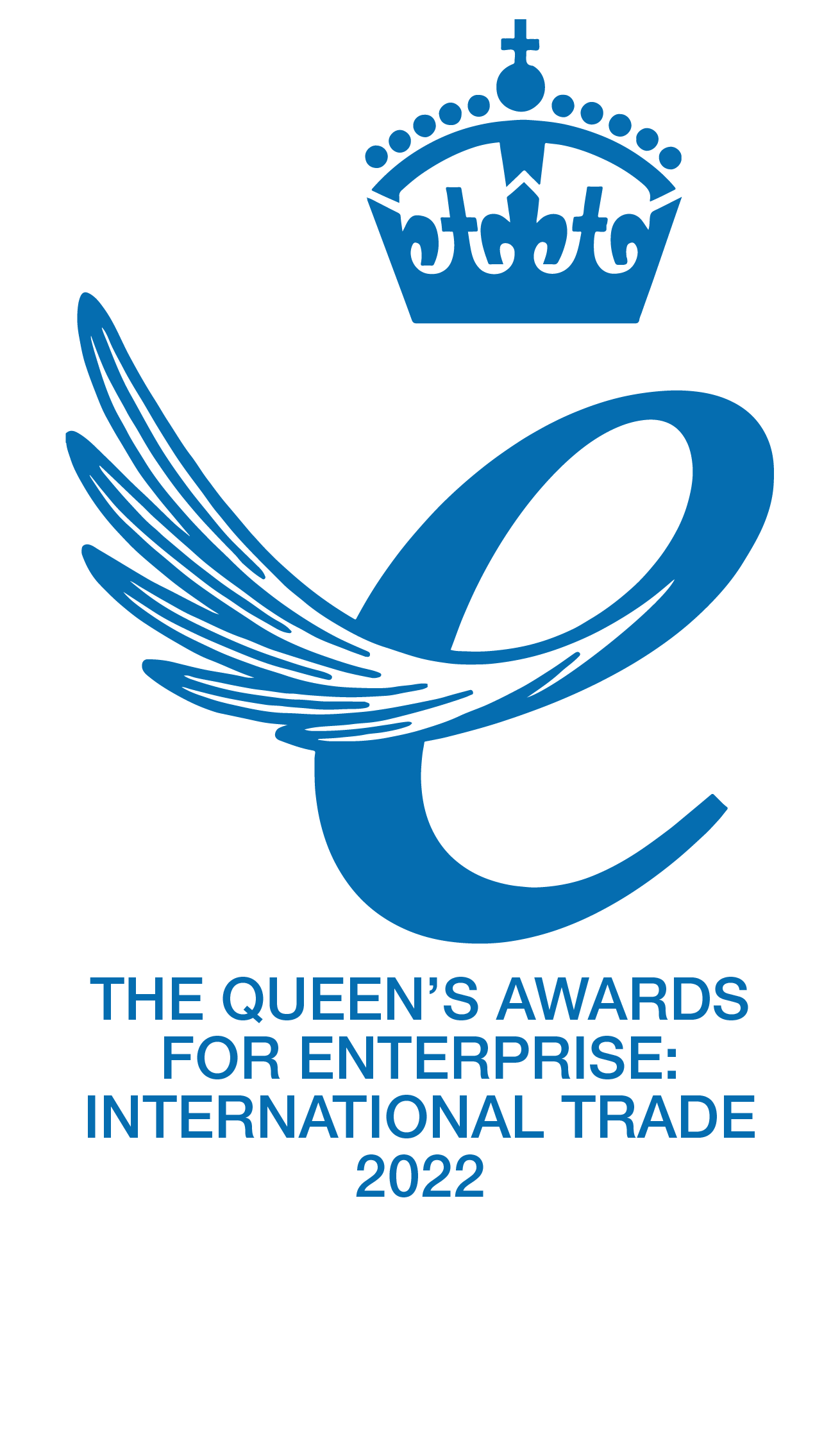How to use clamp on flow meter?
How can portable ultrasonic flow meters measure the flow of water, chemicals, oil, fuel and other clean liquid applications?
The Portasonic 2.FLO is a portable ultrasonic clamp on flow meter. In other words, sensors can be fitted to the outside of a pipe, without having to drill any holes or alter the existing pipe construction in any way. As the clamp on name suggests, they simply strap on the outside of the pipe! Ultrasonic signals are then transmitted which can pass through a pipe wall and into the liquid inside. As the liquid flow moves through the pipe, they basically carry the signal along the pipe flow. By knowing the speed of sound through the liquid and then measuring how this has deviated from what we expected, we can measure how quickly the liquid is moving through the pipe.
How to install clamp on flow meter ?
One of the most important stages for any ultrasonic flow meter is installing the sensors. The way to achieve the best results is as follows:
1, Identify the correct sensor you need.
We provide a wide range of sensors depending on the main applications you need. The main factor to consider is Pipe diameter. The two most popular options are:
- Standard Sensor – pipe ranges 15mm – 700mm in diameter
- Large Sensor – pipe range 25mm to 2,500mm in diameter
For any pipe outside this range, please contact our sales team
2. Mount Sensors onto pipe.
Whilst there is a lot going on with this technology, we aim to make it as simple as possible for the operator. The unit itself will guide you on how best to set it up! Simply input:
- Pipe dimensions – diameter & Wall thickness (the latter built into the device)
- Pipe material
- Fluid type
- Temperature
The unit will then carry out a series of calculations and instruct the user where on the pipe to mount the sensors and what settings are best to use (See here for information about the technology #)
3. What do you want to measure?
Here the device is incredibly flexible but we have a few core measurement methods:
- Flow Velocity – How fast is the liquid moving?
- Volumetric Flow Rate – How much liquid is moving?
- Mass Flow Rate – What amount of matter that is moving?
- Heat Quantity Flow Rate – How much thermal energy is moving?
As with all these options, there are a whole range of units we can measure in. Imperial & Metric, by the second, hour or day, through either feet, litres or cubic meters and even by Joules, BTU or Kilo Watt Hours. All of these will depend on your particular application and we can help select the appropriate options if you need
4. Take your readings!
As soon as setup is complete, the unit will begin measuring, and is proven accurate to +/- 1%. There is still more help to hand though as we even have features in the unit which will identify the strength of the signal, identify any issues with turbulent flow, issues with positioning and many other factors. This makes troubleshooting much easier and thus allows you to quickly and easily finish setup, resolve issues and get down to measuring.
If you have any applications in mind, have questions on the technology or have anything else we can help with, please get in touch here and we will be happy to answer your questions.
Alternatively more product information can be found here
And don’t forget, we also have a fixed monitoring solution, the Permaflow
AND the ability to calculate, store and export internal pipe pressure readings with our Portasonic Calculator
Technology explained
This technology can work in multiple different ways. Some of the most popular methods include a ‘Z’ path, a ‘V’ path and a ‘W’ path. These just describe the different signals the device will analyse during testing and can be selected manually but the unit has built in functions to work out the optimum function for your job as we have found above.
Quite intuitively, each of the letters describes the sort of shape signal path. The ‘V’ path for example is the easiest. Signals are sent into the pipe wall, into the liquid where the bounce off the internal wall of the opposite side of the pipe, and are reflected back upwards. With one sensor positioned upstream and the other downstream, you can imagine how the signal sent from one and received from the other would resemble a V shape, much like the below picture. This is the most popular for the majority of pipes.

For thinner pipes however, the signal might not spend enough time in the liquid in order to accurately measure flow. In this example, they will have an extra 2 echoes in the pipe and this makes a W shape. Finally, the Z function is used for thicker walled and larger diameter pipes. In this example, the sensors are positioned one above, and one below the pipe and is referred as a Z because one needs to take account of the pipe thickness as well. Much like the below:







